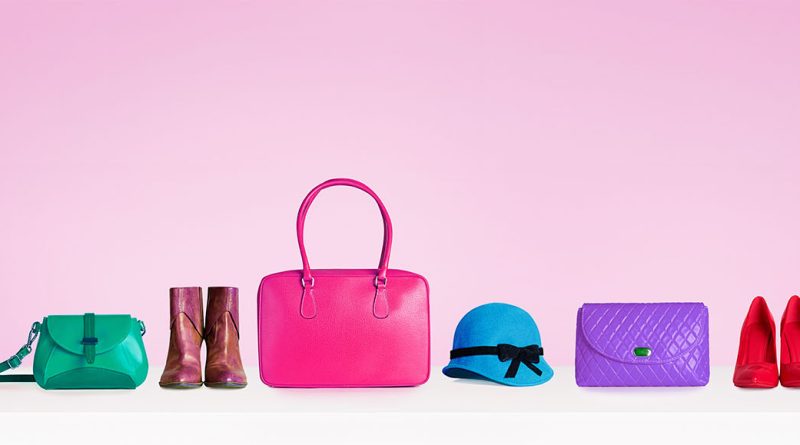Princess Polly’s US Retail Strategy Gains Momentum with NYC Store
Princess Polly’s journey in the US began with its first physical location at Westfield Century City in Los Angeles in 2023. This was followed by openings in key locations, including Scottsdale’s Fashion Square, San Diego’s Fashion Valley, and Boston’s Newbury Street. The brand’s upcoming SoHo store is seen not just as a continuation of this trend but as a significant commitment to reaching its core audience in one of the world’s top retail hubs.
With over 5,000 styles to be featured, the 8,000-square-foot store will extend across two levels and will showcase the brand’s staple offerings—apparel, footwear, and accessories. The store will replace Marciano at its new location and will introduce Princess Polly’s immersive shopping experience, which includes aesthetically designed Instagrammable spots, a permanent photo booth, and large LED screens.
Why physical stores matter in the digital era
Despite being a digital native, Princess Polly’s shift toward brick-and-mortar stores reflects a broader retail trend of blending online and in-person experiences. Co-CEO Eirin Bryett emphasized that the SoHo store aims to enrich Princess Polly’s community-based engagement by offering a tangible, interactive shopping space. “We’ve listened closely to our US customers and know there is appetite for more Princess Polly stores” ,Bryett said, highlighting the importance of responding to customer demands and enhancing brand visibility.
These physical stores are not standalone ventures but part of a strategic approach to complement Princess Polly’s robust online presence. The stores are designed to boost brand loyalty through experiential elements like photo-friendly decor, curated furniture, and tech integrations such as interactive screens that display real-time campaign videos.
The power of influencer marketing and social media
Princess Polly’s success is also rooted in its early adoption of influencer marketing, particularly through TikTok and YouTube. Viral trends, such as the ‘Princess Polly haul’ videos, significantly contributed to its popularity among its core demographic of 15-25-year-olds. The brand’s association with celebrities, such as the viral moment when Ariana Grande wore their jeans in 2021, further bolstered its reputation.
The company plans to amplify its New York store launch with a focused marketing strategy. This includes teaser campaigns on Instagram and TikTok, collaborations with influencers, and a countdown to opening day. A college tour coinciding with a significant cultural event in NYC is also on the agenda to engage with local consumers and build excitement.
The evolution of Princess Polly under A.K.A. Brands
Since its partnership with A.K.A. Brands, Princess Polly has undergone strategic changes that align with the accelerator’s growth model. A.K.A. Brands reported a 9.5% year-over-year increase in net sales in the second quarter of 2024, attributing part of this growth to Princess Polly’s expansion efforts.
Each store opening has been a step toward creating a hybrid model that marries digital agility with physical retail strength. The New York City location will be a test of this strategy’s effectiveness on a larger scale. The inclusion of digital screens and self-exploration spaces within the store will reinforce the brand’s commitment to innovation, balancing convenience and entertainment.
Competitive landscape and market position
SoHo’s retail scene is a highly competitive environment, home to other major fashion players like Scotch and Soda, Dior, and Jacquemus, all of which opened stores in 2024. This context adds a layer of ambition to Princess Polly’s venture, positioning it not only as a retail store but as a lifestyle experience that caters to the social media-savvy shopper.
Princess Polly’s expansion into SoHo represents more than just a new storefront; it is a statement of the brand’s commitment to blending digital innovations with experiential retail. This move underscores the shift in retail strategies, where brands once known solely for e-commerce are increasingly investing in physical spaces to foster deeper connections with their audiences. The outcome of this venture could set a precedent for how other digital-first brands approach physical expansion.
Sources:
